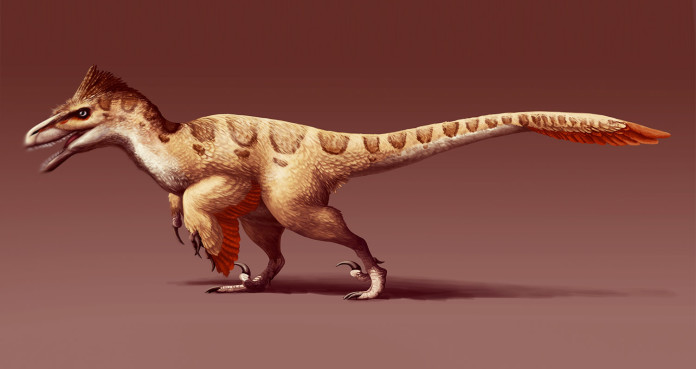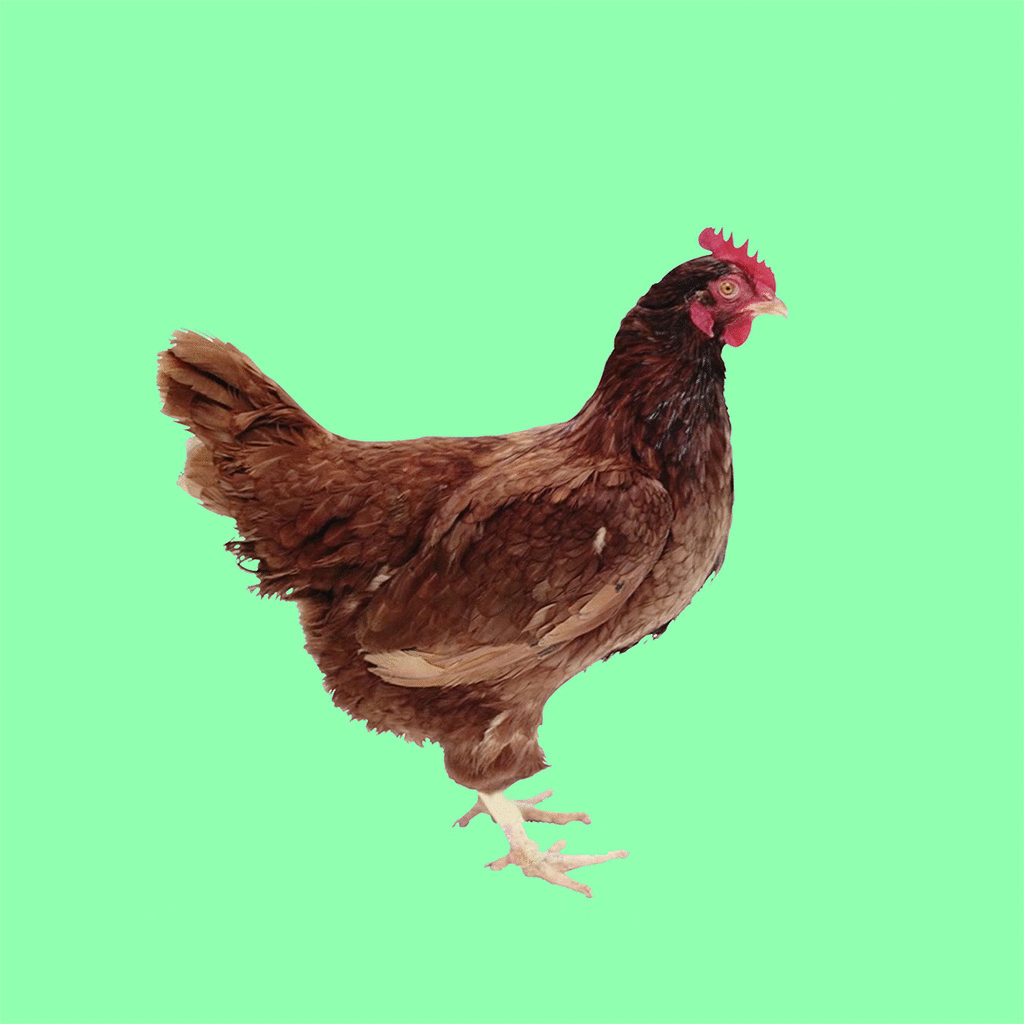
A team from the University of Kansas Paleological Institute dug up the Dakotaraptor, a prehistoric predator from 66 million years ago. The ostric-looking raptor is the largest velociraptor of its kind, second only to the Utahraptor, who roamed the same area roughly 60 million before it.

Its fossil was found in South Dakota’s Hell Creek Formation, and it tells us that the creatures were 17 feet long from nose to tail, and its wings extended 3 feet from their bodies. It was feathered, like many of its kind, with quill knobs that attached feathers to bone. The velociraptor was observed as being too big for flight, and its quill knobs suggest it was an early evolutionary feature or that it descended from a prehistoric bird. The Dakotaraptor is also the biggest dinosaur to be found with real wings, though their use is not yet clear. This velociraptor was a meat-eater, and likely the T-Rex’s greatest adversary, with claws the size of a cantaloupe. By the length of its legs its obvious the animal was built for long pursuit hunts. The team revealed that it was probably wiped out by the same event that took a large group of life on Earth 65 million years ago.
This new dinosaur is one that, with current scientific efforts to implement retroengineering into dinosaurs, could grow a Dakotaraptor or a smaller feathery cousin from the egg of a chicken. This technology would make it so that by turning chicken genes on and off, it could develop more of its prehistoric forefathers’ features. Of course, the creature wouldn’t be as big as the Dakotaraptor. It would be more like a pet Dakotaraptor, likely with no teeth or very weak ones, so it’d be perfectly safe for the household.
Only time will tell if genetic modification can join hands with prehistoric creatures and bring these great beasts back to the Earth.


















